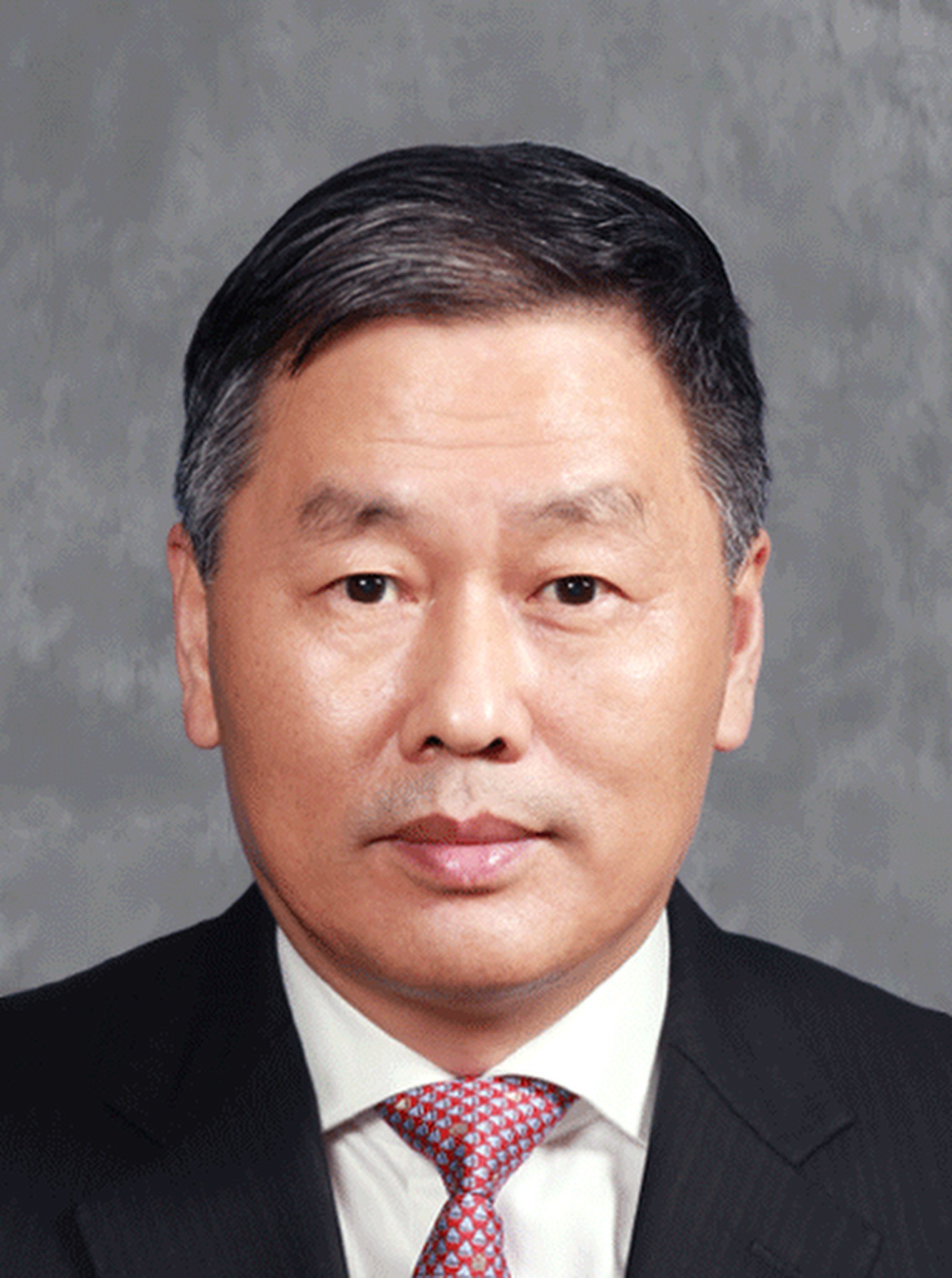
China’s top chip foundry SMIC reports lower revenue and profit as US sanctions continue to bite amid sluggish demand
- Net income dropped 21.7 per cent year on year to US$402.76 million in the second quarter, as revenue fell 18 per cent to US$1.56 billion
- Demand for electronic products is ‘below expectation’ while inventory remains high, co-CEO says
Semiconductor Manufacturing International Corp (SMIC), China’s top contract chip maker, saw both its revenue and net profit extend their fall in the second quarter amid US sanctions and sluggish demand for consumer electronics.
Revenue fell 18 per cent to US$1.56 billion from US$1.9 billion in the same period last year, according to the company’s latest financial results, released on Thursday. Revenue grew 6.7 per cent compared with the first quarter.
Net income for the three months ending June 30 dropped 21.7 per cent to US$402.76 million from US$514.22 million in the second quarter of 2022.

While economic activity has returned to normal, demand for electronic products is still “below expectation” and inventory remains high, Zhao Haijun, co-CEO of SMIC, said on an earnings call.
Capacity utilisation fell to 78.3 per cent from 97.1 per cent in the second quarter of 2022, the company said.
“Although the demand of personal computer, industrial, automotive and some other sectors have gradually stabilised, and the industry downturn has bottomed out, [the industry] is still confronting a number of challenges”, Zhao said. These include slower-than-expected inventory reduction, a lack of demand growth and the implications of geopolitical uncertainty, he said.
China’s chip-making tool makers face daunting task to overcome US restrictions
With shipments expected to increase in the third quarter, the company said it expects revenue to increase by 3 to 5 per cent over the second quarter, with gross margin in the range of 18 to 20 per cent.
“Although overall demand has not shown a strong rebound, inventory of some chips used for smartphones and consumer electronics in the domestic market has begun to decline, and customers have gradually resumed placements,” Zhao said.
US chip war will end up hurting allies as much as China
SMIC is expected to benefit from a recovery of orders in the Chinese market for commodity chip products such as driver chips used for displays and NOR flash-memory chips used for smartphones, which will result in revenue growth, TrendForce said in a June report.
Due to weak consumer demand, the global semiconductor industry has been facing strong headwinds, with worldwide sales of decreasing 17.3 per cent year-on-year to US$124.5 billion during the second quarter.
TSMC last month reported its second-quarter revenue fell 13.7 per cent to US$15.68 billion year on year and 6.2 per cent compared with the first quarter.
SMIC said customers are taking up most of its capacity of 12-inch wafers, while demand for 8-inch wafers – commonly used for chips in smartphones and personal computers – remains weak.
Revenue from China accounted for nearly 80 per cent of SMIC’s total, an increase of 4 percentage points year on year. Revenue from the US and Eurasia markets accounted for 17.6 and 2.8 per cent, respectively, the company said.

In terms of applications, revenue from smartphones, Internet of Things, and consumer electronics accounted for 27, 12, and 27 per cent, respectively.
The company has continued to enhance production capacity since last year, with growth this year mainly coming from new 12-inch fabs in Beijing, known as SMIC Jingcheng, and Shenzhen, Zhao said.

